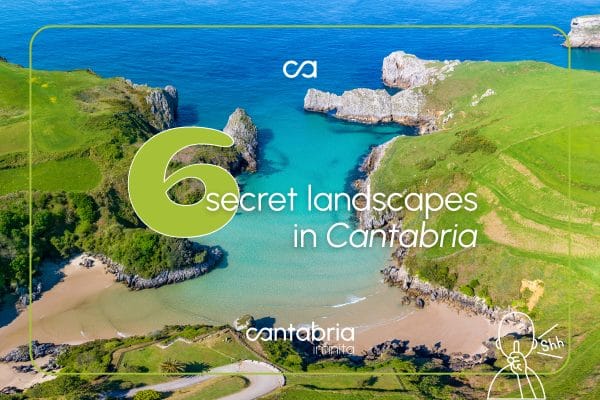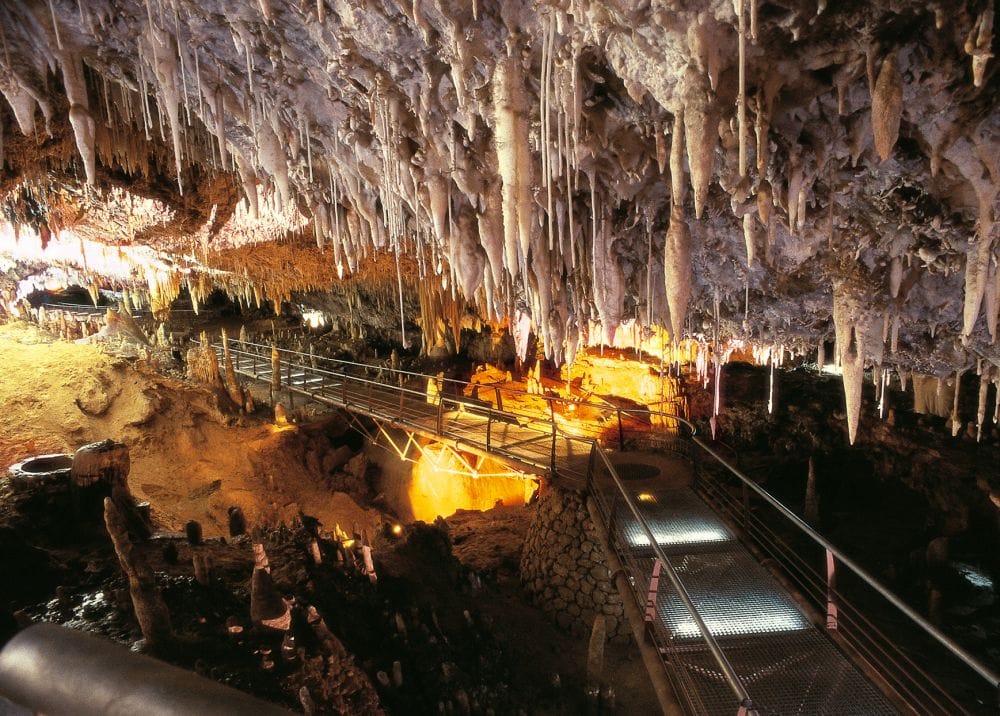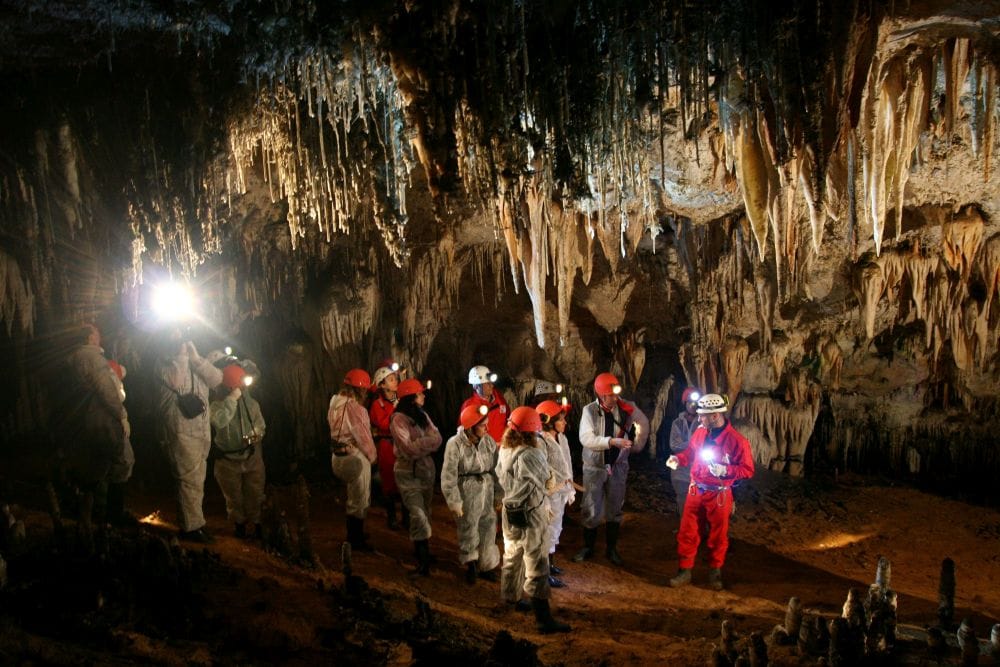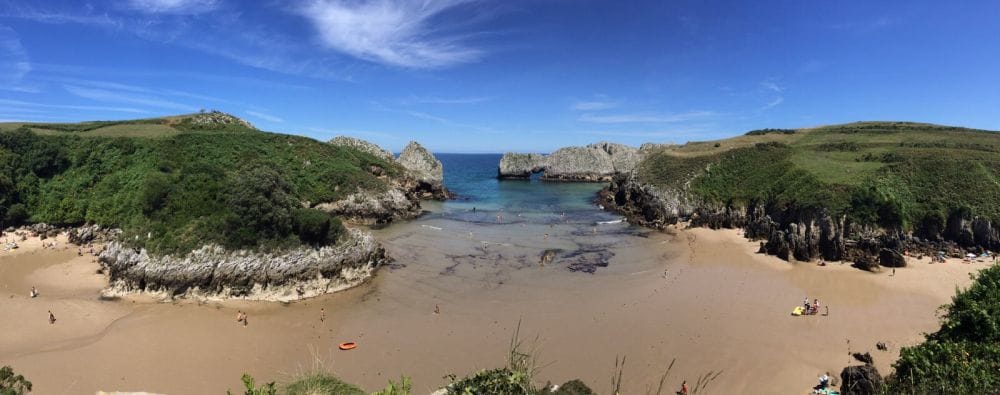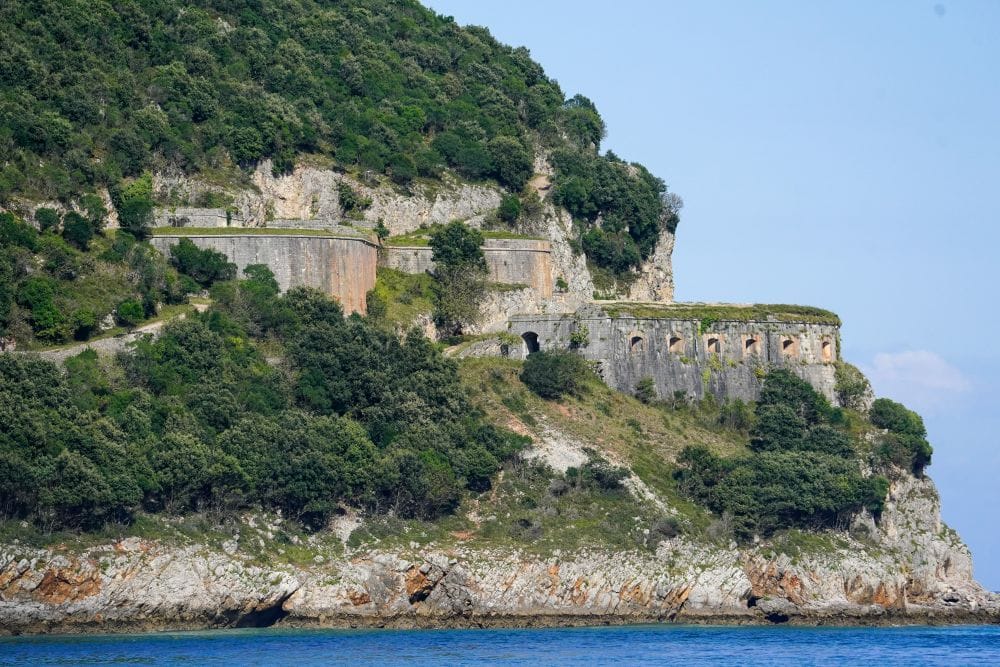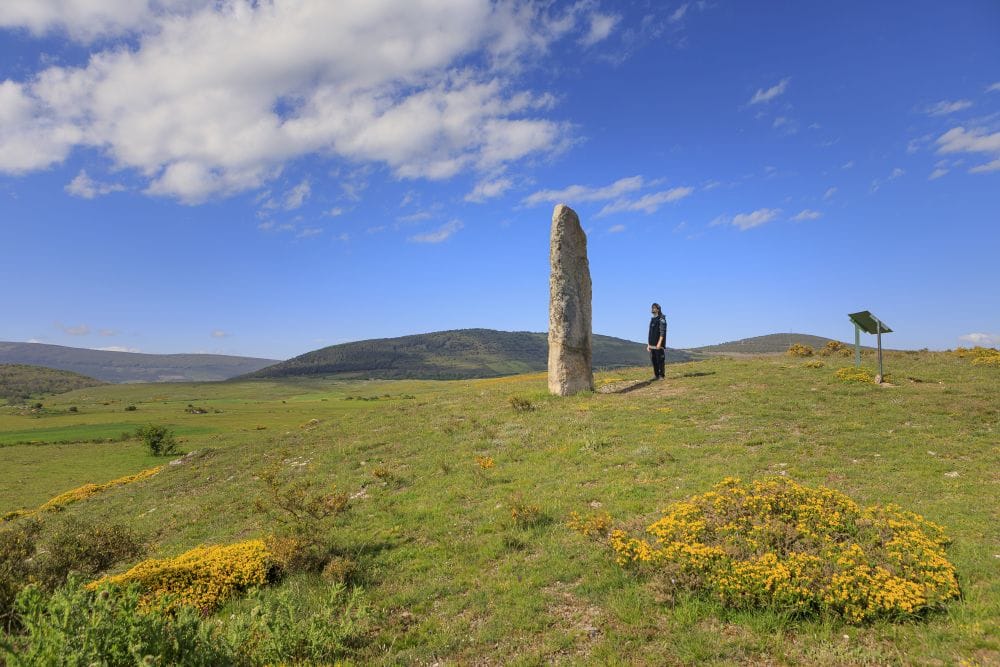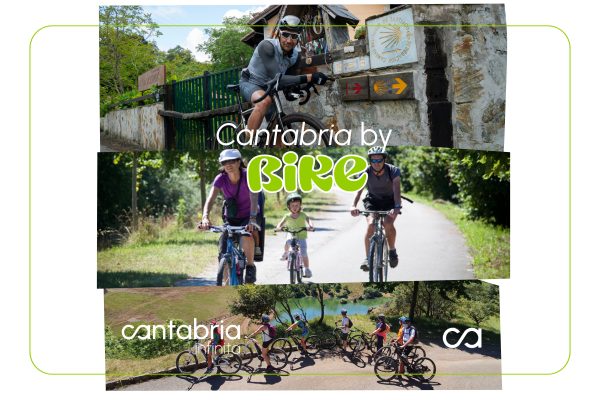6 Secret Landscapes in Cantabria
Cantabria is a land of contrasts, with wild beaches, endless mountains, and charming villages. But beyond the places everyone visits, there is a hidden Cantabria, full of secret spots that don’t appear in travel guides and allow you to connect with nature, the landscape, and the people of our region in a truly authentic and unique way. Today we’ll take you through six of these secret landscapes, perfect for curious travelers and lovers of the unconventional. Are you coming?
1. Caving in El Soplao: underground adventure – MINING VISIT
We begin this journey with one of the crown jewels of our Infinite Cantabria. Although El Soplao cave is visited each year by thousands and is one of Cantabria’s most treasured natural wonders, most people only experience the tourist route.
Few know that, beyond the traditional visit, there’s also a speleological route that takes you through the undeveloped sections of the cave. Equipped with a helmet, headlamp, and coveralls, you’ll venture into galleries filled with eccentric formations, crystal structures, and absolute silence. A one-of-a-kind experience, far from the conventional routes, to discover Cantabria’s most underground and wild side, in the unique setting of El Soplao.
2. Alto del Caracol (Valles Pasiegos): curves, fog, and endless views
In the heart of the Valles Pasiegos, between San Roque de Riomiera and the Lunada mountain pass, lies Alto del Caracol, a mountain pass that looks like it belongs on a postcard. It’s not just a place to drive through; it’s an experience in itself. The winding road cuts through green hills, often blanketed in a veil of mist that wraps the scenery in mystery. On clear days, the views from the top are breathtaking: narrow valleys, traditional stone huts scattered along the slopes, and a mountain horizon that stretches beyond sight.
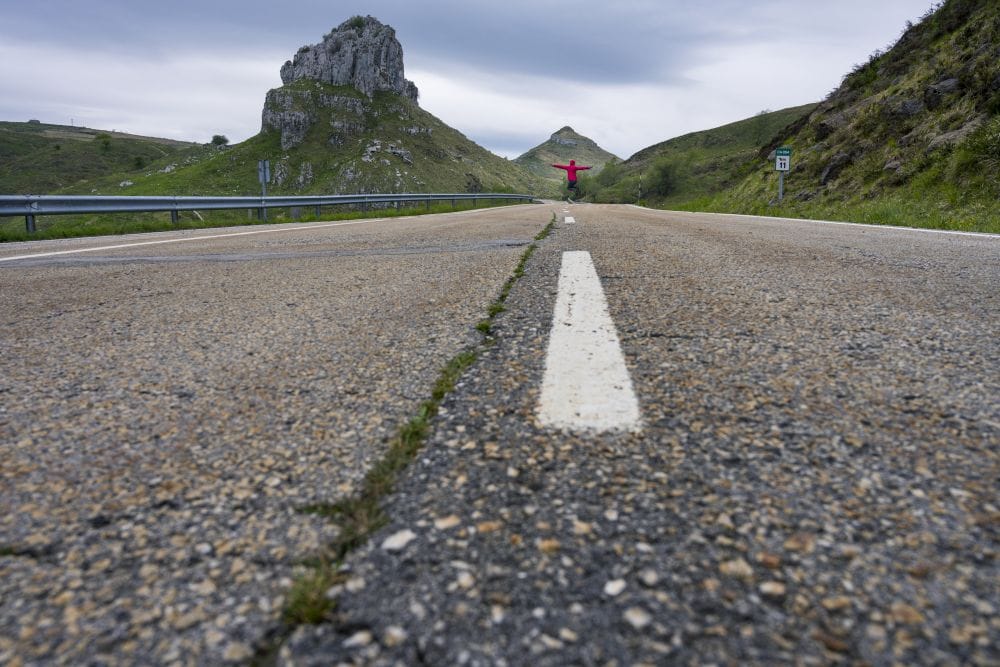
It’s one of those rare places where silence is tangible, and nature reigns supreme. Little known and all the more magical for it, this is a hidden gem for those who love scenic drives, winding roads, and places to pause and take it all in.
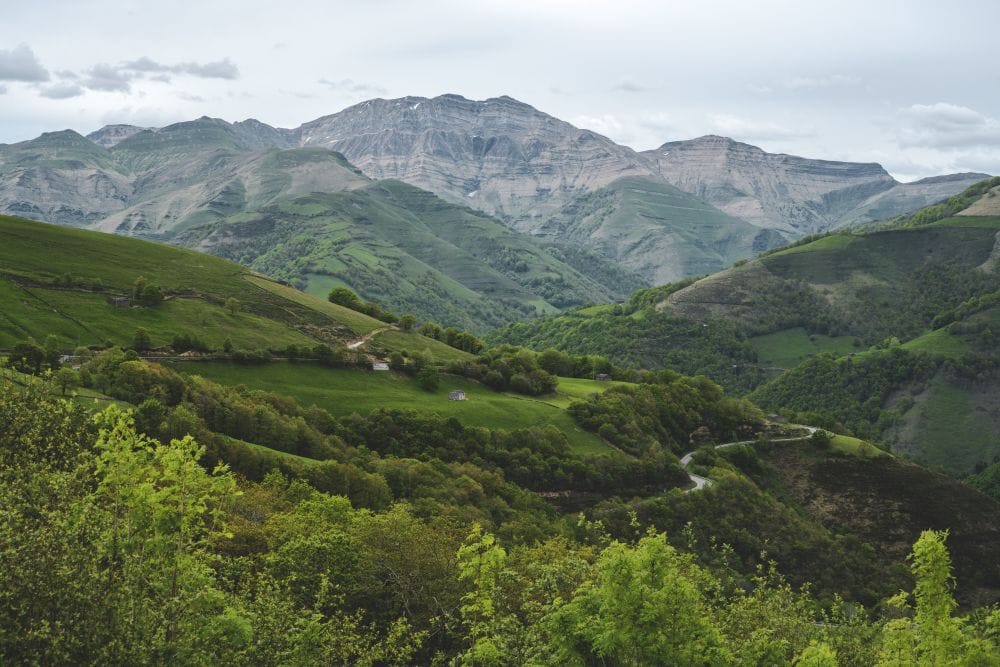
Alto Caracol
3. Berellín Beach (Prellezo): a small hidden paradise
In western Cantabria, not far from San Vicente de la Barquera, lies Berellín beach, one of the most beautiful and least crowded beaches in the region. Surrounded by cliffs and unique rock formations that give it a magical atmosphere, this beach with its clear sand and turquoise waters is the perfect spot to escape the crowds and enjoy the sea in total peace.
4. Napoleonic forts of Santoña: history among the cliffs
Santoña is famous for its bay, anchovies, carnival, the Faro del Caballo, and Mount Buciero—but it also holds a fascinating historical legacy: its Napoleonic-era forts. The area around Mount Buciero contains the largest concentration of forts, batteries, and powder magazines in Spain, built during the War of Independence, in which Santoña played a key strategic role. In the 19th century, this coastal town was fortified to defend against sea and land attacks. Today, you can still visit many of these structures, such as Fort Mazo, Fort San Martín, or Fort San Carlos. Walking through them feels like stepping into a living history book with views over the sea. Some forts are hidden among pine trees and trails; others perch dramatically over cliffs, offering spectacular views of the Cantabrian Sea. These forts are not only valuable heritage sites, but also privileged viewpoints full of charm and mystery—perfect for those who want to combine nature, history, and adventure in one route.
5. Hermitage of San Román de Moroso (Bostronizo): spirituality among the oaks
Few people know that, hidden in the woods near the town of Bostronizo in the Besaya region, stands one of the best-preserved pre-Romanesque hermitages in northern Spain. San Román de Moroso is striking not only for its architecture but for its setting: a peaceful forest clearing ideal for a cultural and spiritual escape. History and legend lovers will also enjoy the stories surrounding the site. Want to learn more? One legend dates back to the time of Doña Urraca.

San Román de Moroso, Bostronizo
6. Route of the Menhirs of Campoo: in the footsteps of the Neolithic
In the Campoo mountains lies a little-known route through a megalithic complex that definitely deserves a stop on your next visit to Cantabria. Located in the municipality of Valdeolea, you’ll find 8 menhirs. Some lie toppled, while others still stand like timeless sentinels. What makes them remarkable is their alignment: almost perfectly straight, with their main faces oriented southeast. The trail begins in Mataporquera and stretches over 12 well-marked kilometers. It’s a unique experience: walking through the past while enjoying spectacular views of the valley. Exploring these hidden corners opens the door to a different way of traveling—slower, more mindful, and more personal. If you choose to explore Cantabria’s secret landscapes, do so with care and respect. Their silence and purity are where their true beauty lies.
What did you think of this journey through secret Cantabria? Had you heard of any of these hidden treasures in our region? Tell us in the comments which is your favorite hidden spot or the one you’d love to discover! We’d love to hear your thoughts, questions, and experiences on our social media channels (Facebook, X) with #ShareCantabria.
Cantabria’s hidden treasures are calling.

